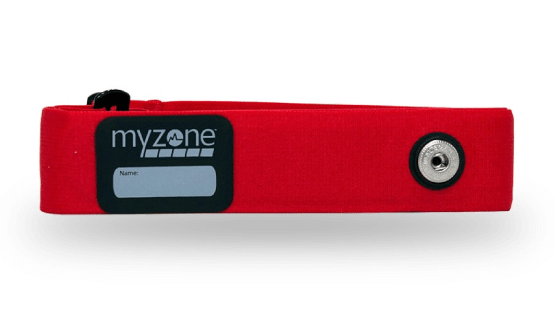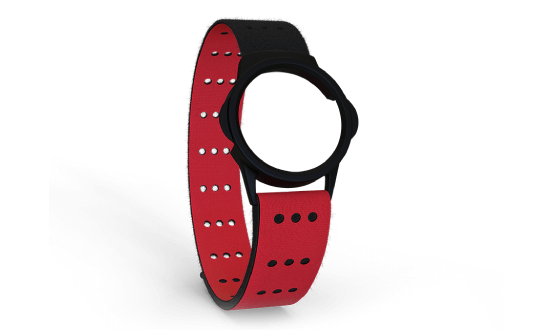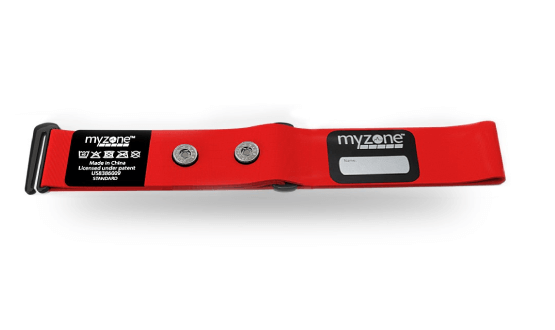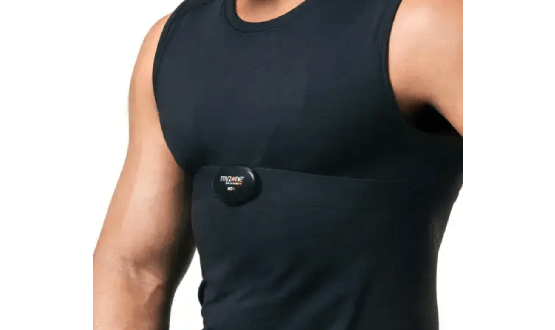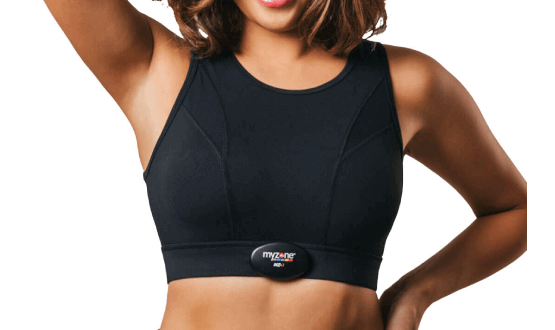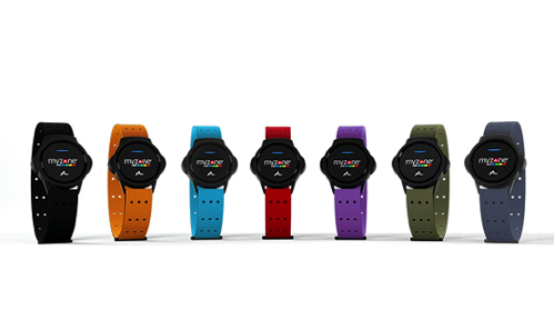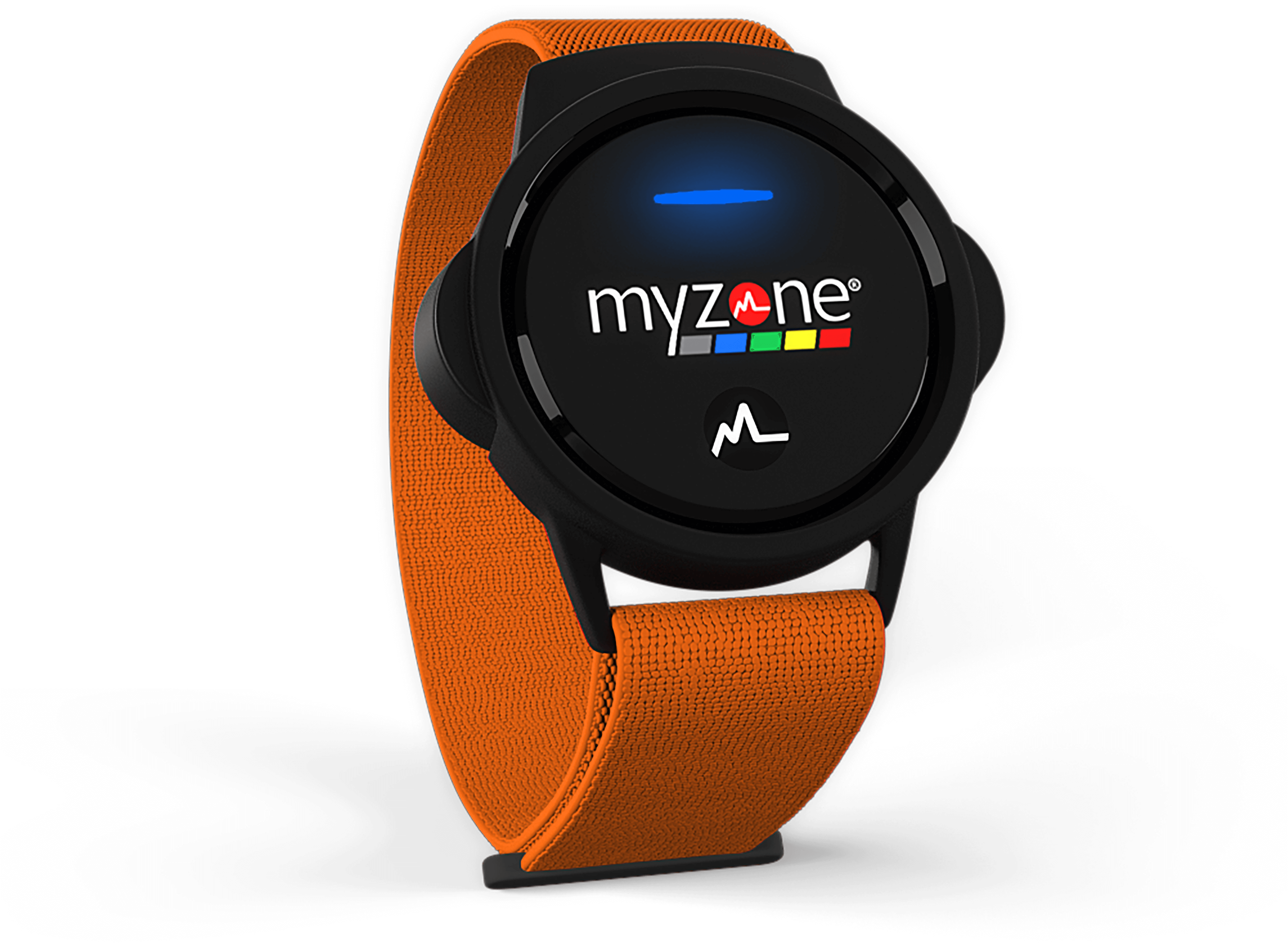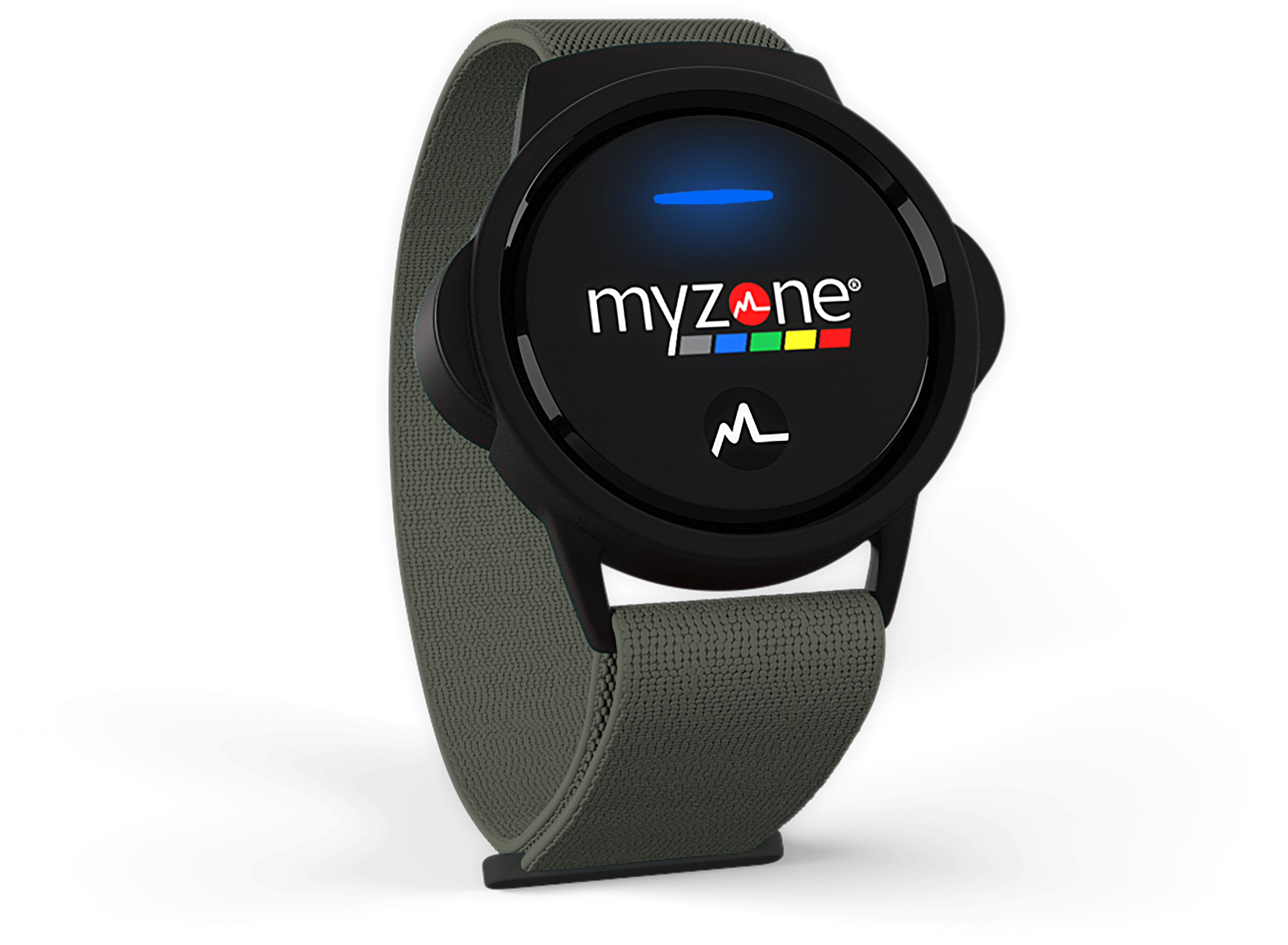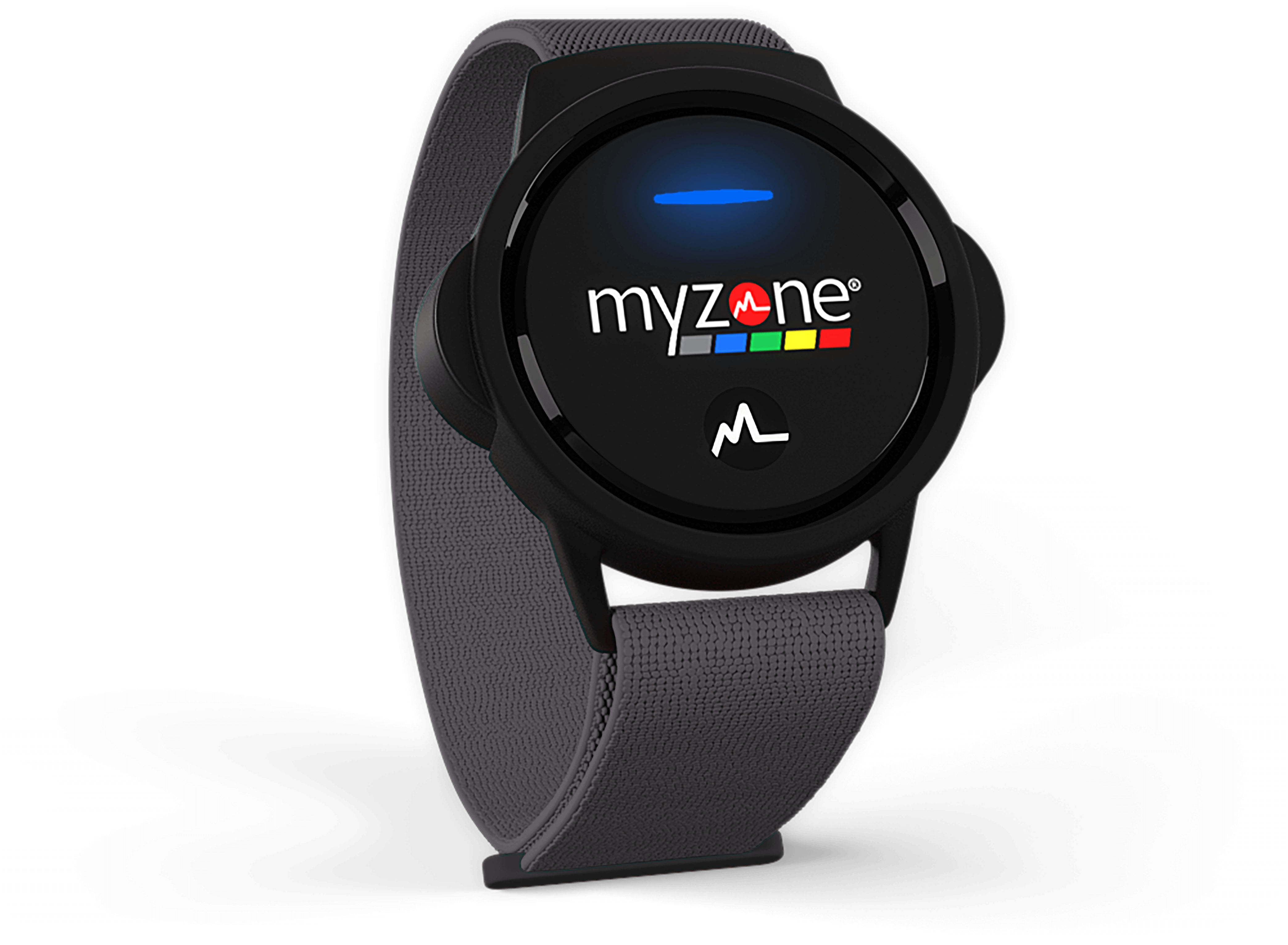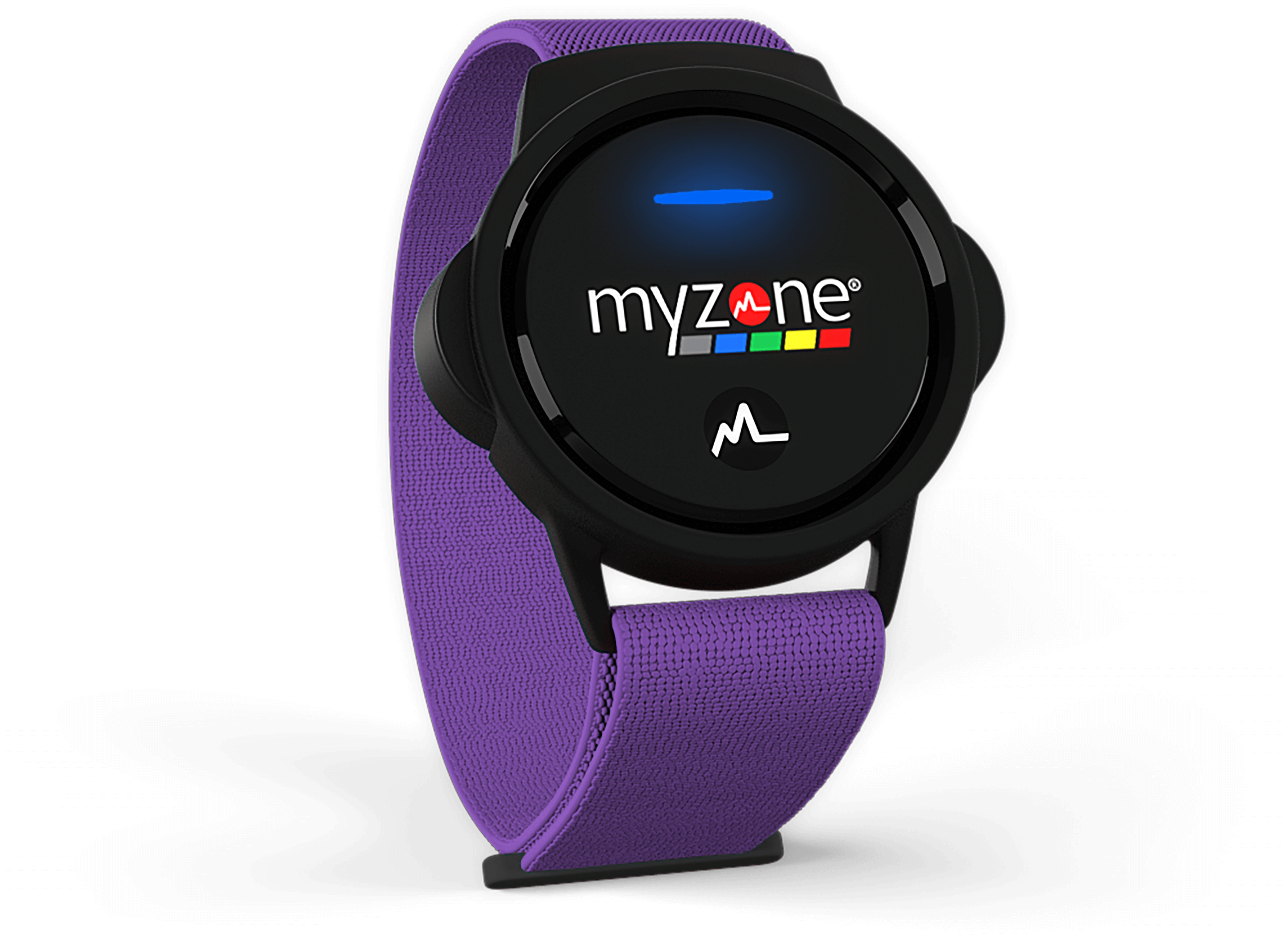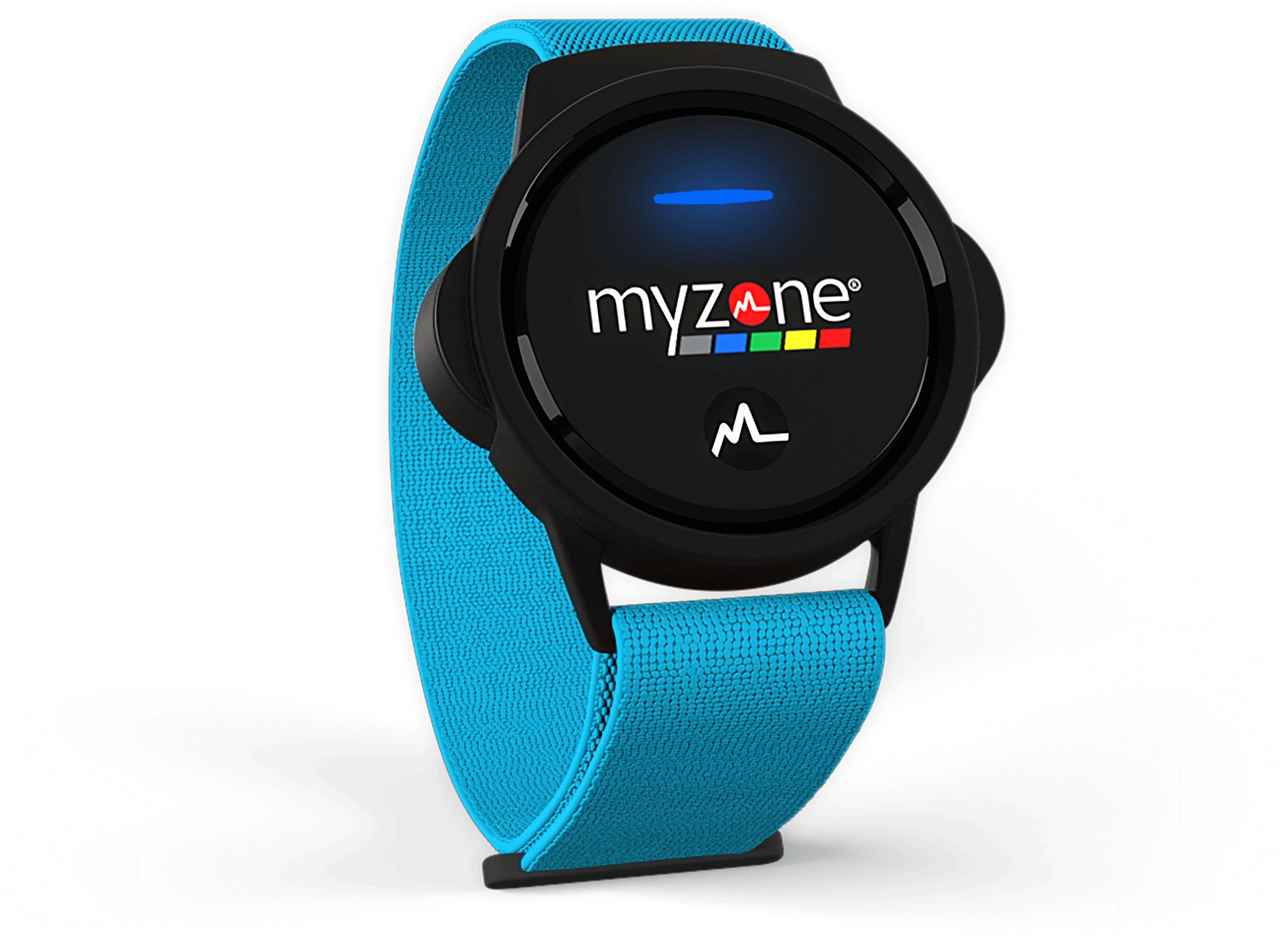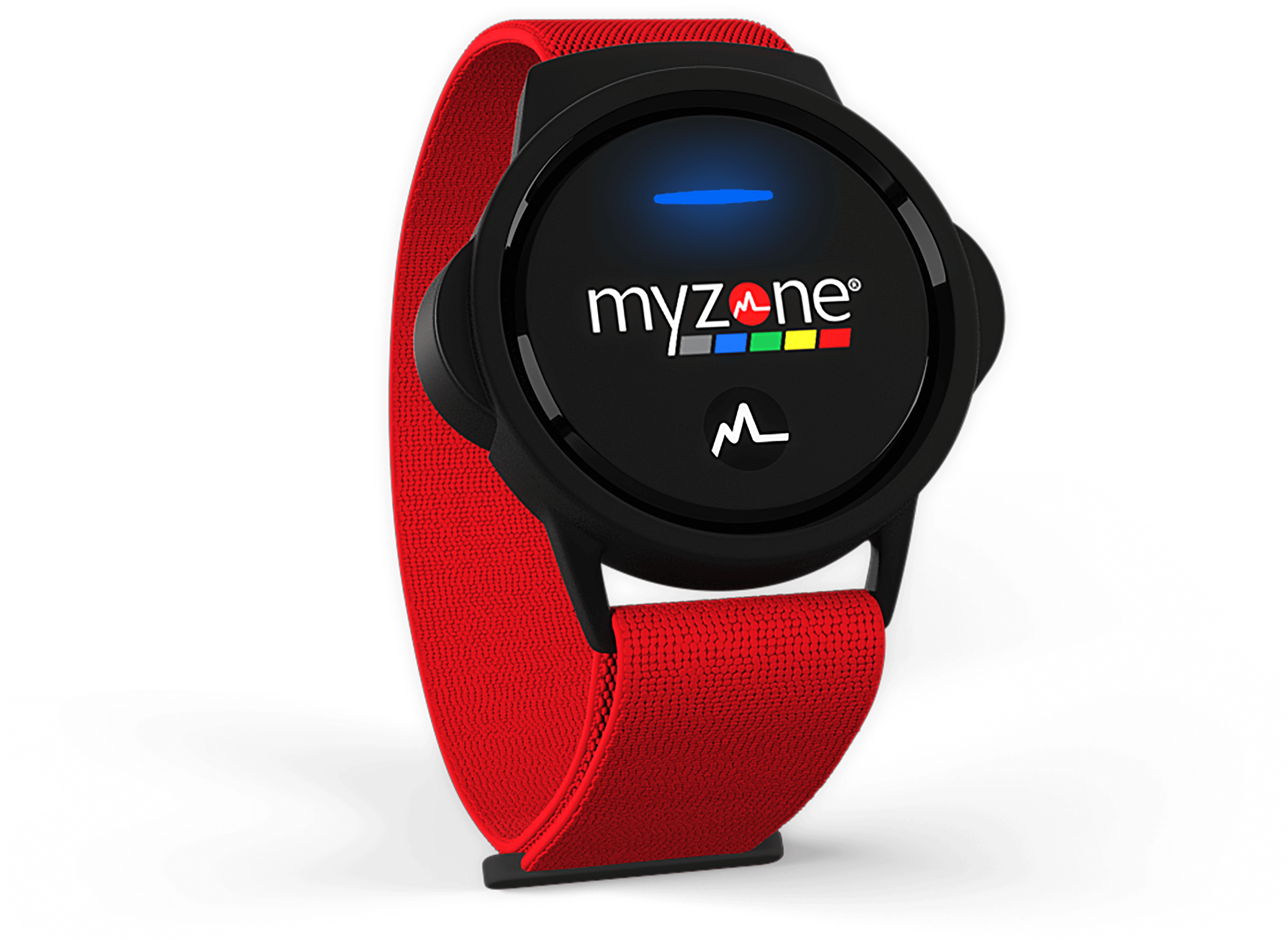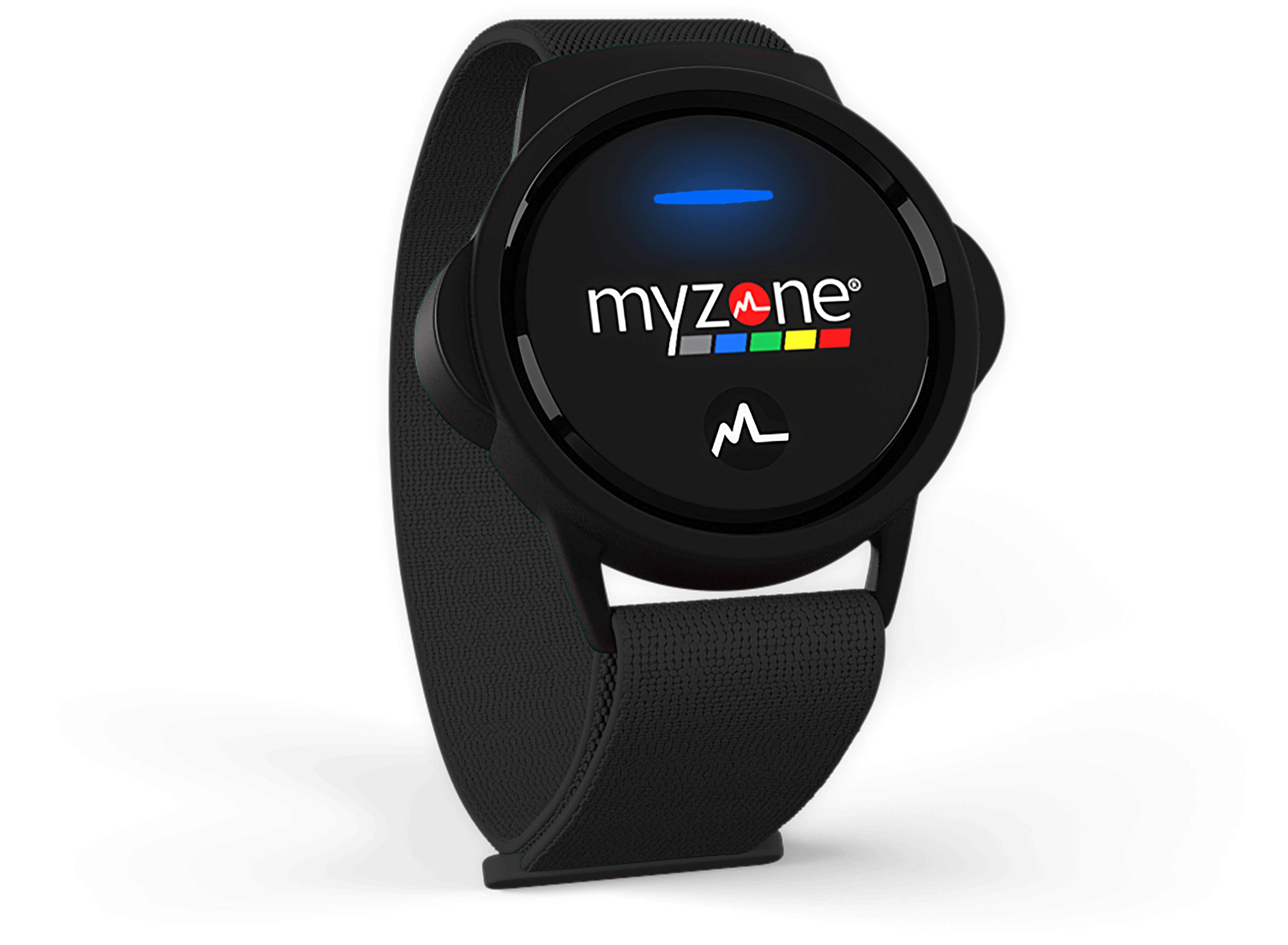Both you and your clients are pumped because they have a new fitness toy to play with – the Myzone heart rate monitor system. Heart rate training enables you and your clients to get real-time and stored feedback of their exercise intensity, caloric expenditure, and Myzone Effort Points (MEPs) earned. As a trainer, this is a very valuable tool to assist you in planning for your clients’ workouts, conducting each session, and holding your clients accountable for their every move.
Establishing a baseline at the beginning of a training program is a solid starting point. This blog will help you understand how fitness testing can keep more members engaged, providing several guidelines for using the Myzone system to conduct submaximal cardiorespiratory assessments with your clients.
Examples of submaximal cardiorespiratory assessments that you could conduct with your clients include the following: 1.5 mile run/walk, 12 minute run/walk, YMCA three-minute step test, and a stepwise assessment (gradual increases in workload over time).
To futher test members of your community, you can also find the Beep Test and Fitness Test 2.0 in the free Myzone app.

*Of course, before conducting any fitness assessments, you will want to be sure that your client has been health screened and has signed an informed consent. Ask your client to provide a physician’s clearance form if you have concerns about their ability to safely participate in fitness assessments.
The purpose of conducting a submaximal assessment at the beginning of your client’s training program includes the following:
To gauge the accuracy of your client’s estimated maximum heart rate (MHR) in the MYZONE system.
To monitor your client’s heart rate response to various workloads (i.e. various speed or incline on a treadmill or elliptical, or various resistance and speed on a cycle).
To establish a baseline of cardiorespiratory fitness.
Regardless of the assessment that you choose to conduct with your client, you will want to combine the use of the Myzone heart rate belt with rate of perceived exertion (RPE) and the talk test (TT). This will allow you to compare the objective feedback of your client’s heart rate with the subjective feedback of his or her RPE and performance of the TT. You will also want to observe your client closely to ensure his or her safety.

Rate of perceived exertion (RPE) can be explained as a scale of 1 to 10 with 1 being very light effort/intensity (i.e. standing/a slow walk) and 10 being very, very hard effort/intensity (i.e. a full out sprint). Your client’s heart rate zone and RPE should parallel one another fairly closely.
For example, if your client is in the blue zone (60-69% MHR), his or her RPE should be around a 6 out of 10. Do you see how the zones line up nicely with the RPE scale of 1 to 10? If your client is reporting a RPE of 8 or 9, but he or she is only in the blue zone, this may mean that your client’s MHR has been overestimated in the Myzone system. You can then go in to your account and adjust your client’s MHR.

The talk test (TT) simply involves having your client speak to you throughout the assessment. As intensity of exercise increases, your client’s ability to speak fluid sentences should decrease. In general, this is how you could expect the TT to compare to heart rate and RPE.
If your client’s heart rate, RPE, and TT do not seem to line up while you are conducting your fitness assessment, work with your client to troubleshoot. Perhaps you need to adjust his or her MHR in the MYZONE system or perhaps your client was unsure of how to adjust his or her workload during the assessment. It may take several sessions of playing around in order to make the right adjustments.
*The MYZONE system will automatically update your client’s MHR if they go above the MHR that is set in the system and hold it for 10 seconds or longer. This does not mean that you should ask your client to perform a maximal assessment; it means that you have less troubleshooting to do if the system has underestimated your client’s MHR.

Here is an example of a stepwise protocol on a treadmill that you can use with your client:
Have your client put on his or her Myzone belt (be sure to hear the single beep to indicate that the belt has engaged).
Once your client’s heart rate tile is in view, have client warm up in blue zone (60-69% MHR) for 5 minutes on treadmill.
In the last 15 seconds of minute 4 and 5 of the warm up, record your client’s heart rate in beats per minute, and ask your client to report his or her RPE.
Have your client increase the incline of the treadmill to 5.0% (hold speed constant at what you used for warm up). Have your client perform 3 minutes at this workload.
In the last 15 seconds of each minute, record your client’s heart rate and RPE.
Ask your client to talk to you throughout the 3 minutes and record TT performance (i.e. able to speak full sentences or only got one or two words out).
Leave the incline at 5.0% for the duration of the assessment and have your client increase speed by 1.0 mile per hour every 3 minutes until they get to 85% of MHR (unless you or your client decide to discontinue the test earlier*).
In the last 15 seconds of minute 2 and 3 of each 3 minute segment, record your client’s heart rate and RPE.
Ask your client to talk to you throughout the remainder of the assessment and record TT performance (i.e. able to speak full sentences or only got one or two words out).
At the end of the assessment, take the incline back down to 0% and the speed back to the starting speed and ask your client to actively recover back down into the blue zone.
Record how long it takes your client to recover into the blue zone.
Have your client perform a 5 minute cool down at minimum.
*Even if you set out to conduct a submaximal assessment, it has the potential to become a maximal assessment and caution should be exercised. Use your best judgment as a professional.
Reasons to stop the assessment include (but are not limited to) the following:
- Your client requests to do so.
- Your client’s heart rate increases or decreases rapidly or if his or her heart beat becomes irregular.
- Your client is experiencing chest pain, shortness of breath, lightheadedness, or dizziness.
- Your client reports significant pain in muscles or joints, etc.
You can compare your client’s heart rate, RPE, and TT to determine if any adjustments need to be made to their MHR in the MYZONE system. You can also use this assessment as a baseline of your client’s cardiorespiratory fitness. This should assist you and your client in planning programming and setting goals. Check out our previous blogs about resting heart rate and heart rate recovery to assist you in monitoring your client’s cardiorespiratory fitness improvements.
We hope that the submaximal cardiorespiratory assessment can help you and your client get the party started! Please contact us if you have any questions.
Keep moving forward!



